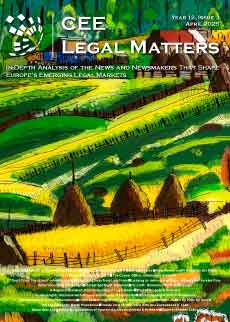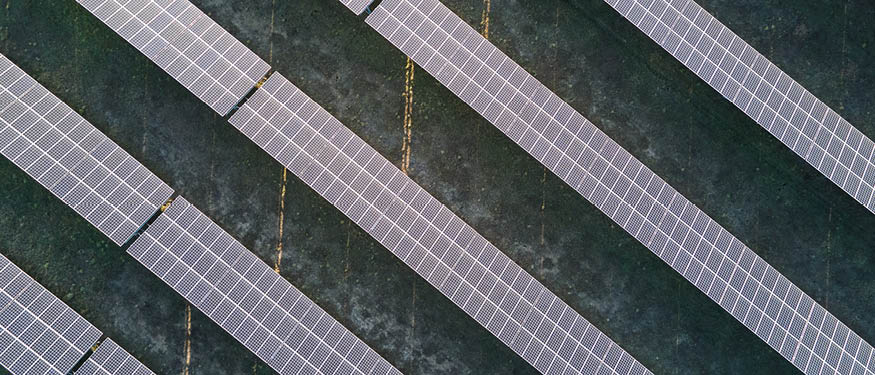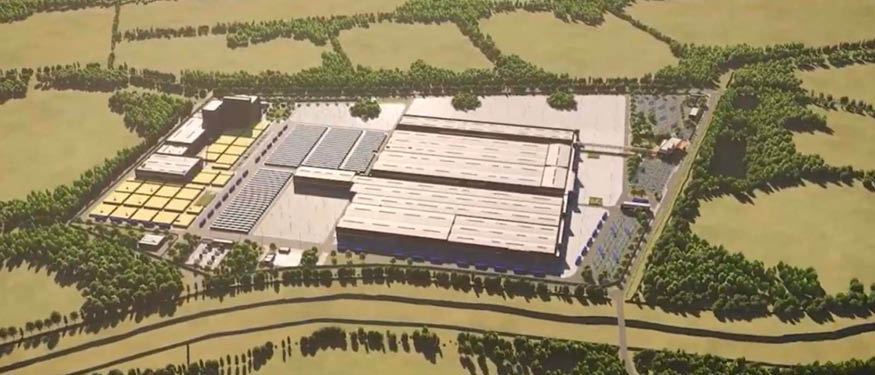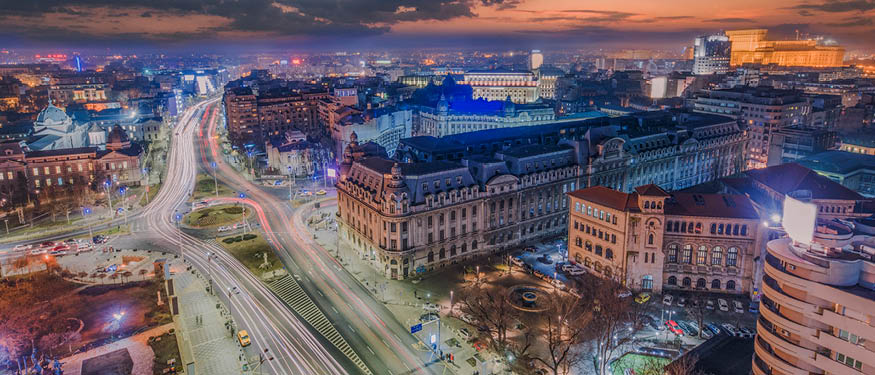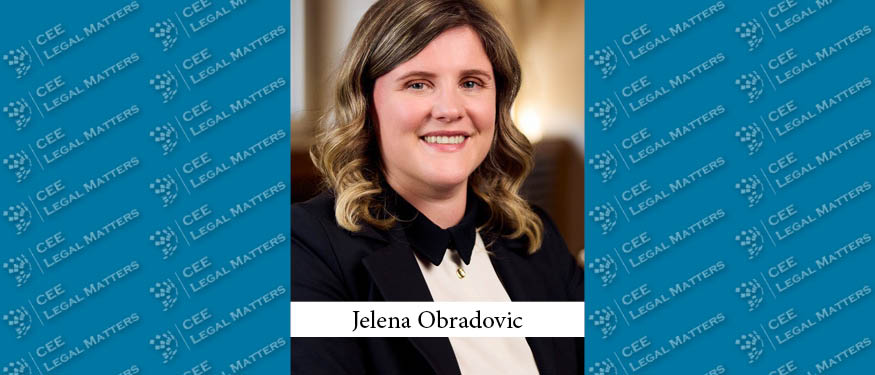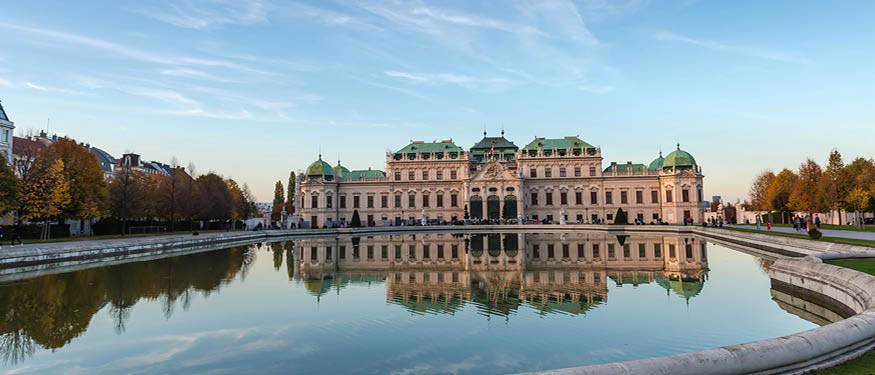Since 2009 the Republic of Serbia has undergone major legislative changes aiming to simplify the process for issuing construction permits and to establish private ownership over land as an exclusive property right, replacing the permanent use right and the long-term lease, which are relics of the communist regime. Depending on the circumstances pertinent to the holder of the title, the conversion of the permanent land use and long-term lease rights into private ownership may be performed either free of charge or for a fee.
Although there are still some legal bottlenecks to be dealt with, the reform has been very successful. It resulted in a substantial increase in real estate development projects in Serbia and the overall increase of foreign investments in the real estate industry.
Land in Serbia is generally divided into construction land and agricultural land. While construction land may be privately owned with no limitations – including private ownership by foreigners (subject to reciprocity) – agricultural land may exclusively be owned by Serbian nationals. To circumvent this obstacle, foreigners tend to establish local companies which then appear as the owners of agricultural land. Serbian legislation does not provide for another distinction by land type, therefore the same general rules apply to transfers over residential, industrial, office, retail, or other property.
Some of the major reforms included the electronic issuance of construction permits and the centralized database of the Cadastral Registry for all of Serbia, which offers the possibility to easily review the ownership status of any property in the country, via an online platform. On the other hand, construction permits are being issued in unified procedures, where the public administration exchanges documents internally, without citizens and investors having to collect them individually from different administrative units. These changes were aimed at creating conditions for an investment-friendly business environment. Consequently, real estate has become an attractive investment opportunity. This resulted in the Serbian real estate market’s continued growth, in the last six to seven years, with increased development activity in the industrial and logistics sector as well as in retail warehousing, shopping centers, residential, and public investments. The construction sector continues to expand, as is evidenced by a sharp uptick in the number of issued construction permits.
Currently, Belgrade has over 1 million square meters of office space and two major office projects under construction – the Skyline AFI Tower (approximately 40,000 square meters) and GTC X (approximately 17,000 square meters). In the retail sector, two new shopping malls were opened in 2021 and there are a few ongoing projects (NEST, IKEA, and Stop Shop), which is a positive indicator of further development in this market. Additionally, the industrial and logistics sector has remained very strong during the pandemic and there is increased demand for storage space, i.e., industrial and warehouse buildings. For example, CTP continues to invest in the Serbian market and is concurrently developing a few major projects in different parts of Serbia, some of them being recognized as projects of national interest. Also noteworthy is the ever-developing Belgrade Waterfront project, which is the largest residential and commercial real estate development in the Balkans, developed jointly by the Government of Serbia and Eagle Hills.
Transaction activity is also heightened. The total number of sales on Serbia’s real estate market in 2021 was 138,180, or 28.4% higher than in 2020. Total investments in Serbia’s real estate market in 2021 amounted to USD 6.7 billion, which is 47% more than in 2020. Most investments happened in Belgrade (around 51%), with the rest going to the Autonomous Province of Vojvodina (26%), Central and Western Serbia (16%), and Southern and Eastern Serbia (7%).
The major changes in legislation which have significantly facilitated the procedure of obtaining a construction permit (and other permits), as well as massive demand for space of all purposes (residential, office, industrial, and retail) in the last five years, have also resulted in the Republic of Serbia, led by Belgrade, being a hub of real estate investments and development in the Balkans. Having followed the market closely – and considering that the COVID-19 pandemic did not significantly affect demand, investment plans, or project development – we believe that the Serbian real estate market will remain attractive and exciting for domestic and foreign investors in the future.
By Djordje Nikolic, Partner and Head of Real Estate, NKO Partners
This Article was originally published in Issue 9.3 of the CEE Legal Matters Magazine. If you would like to receive a hard copy of the magazine, you can subscribe here.






